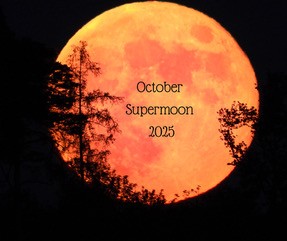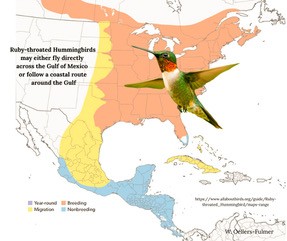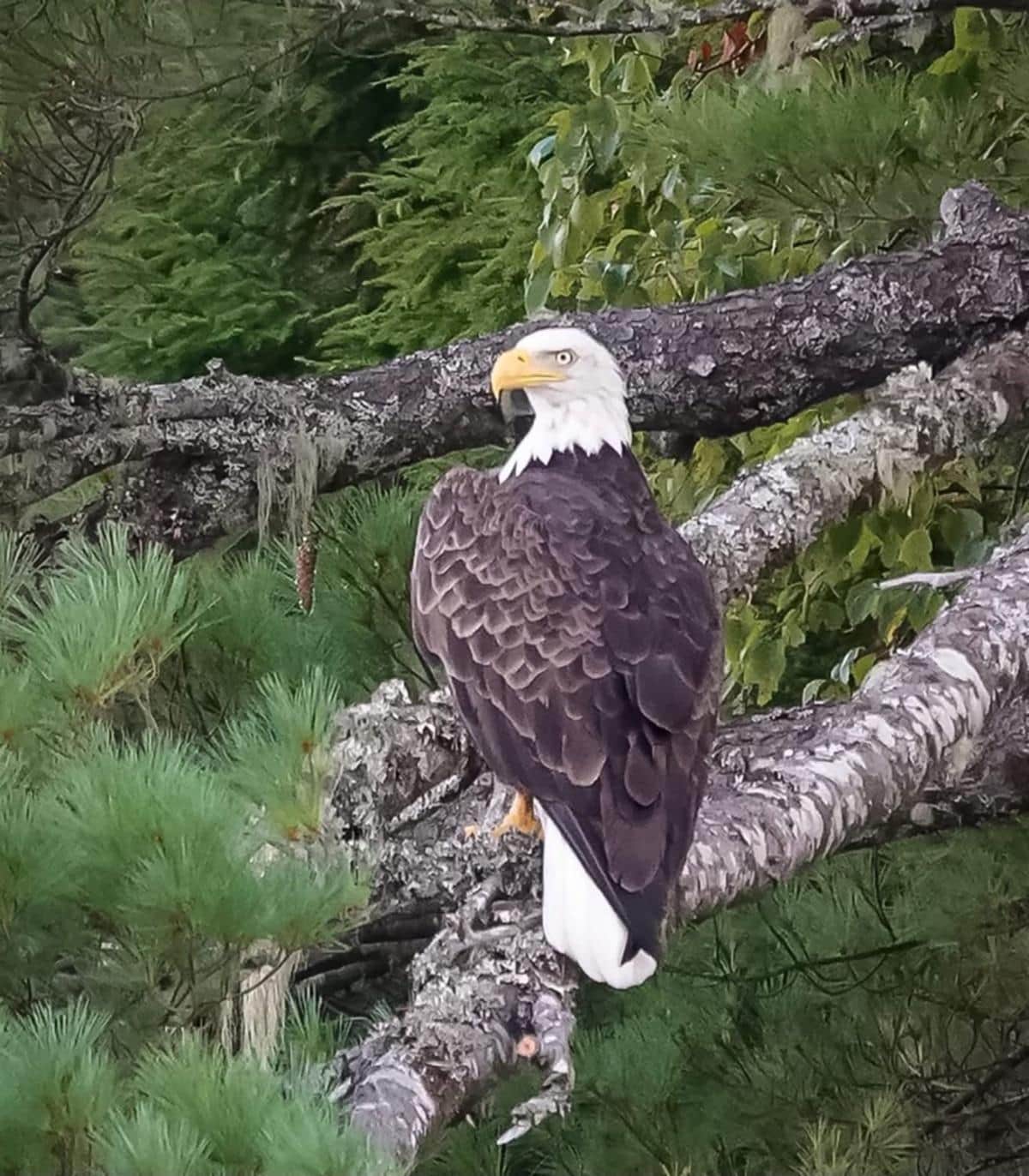Shine On Harvest Moon
by Wendy Oellers-Fulmer, 10/7/2025

On Monday, October 6, we had the brightest and first supermoon of 2025, which will continue to illuminate the sky for several nights.
This supermoon also known as the “Harvest Moon”, will appear the biggest and yellowest of 2025. It owes its moniker of Harvest Moon, to its relationship to the autumn equinox, where in earlier times before artificial lights, farmers would gather their crops under the light of the moon. Coincidentally, the timing of the Harvest moon reflects the moon’s closest approach to the earth in it’s 27-day orbiting cycle. You will also be able to see the constellation Pisces and planet Saturn gleaming in the night sky.
As it is rising, the moon will most likely seem a vibrant yellow-orange. The Earth’s atmosphere scatters the shorter, blue tones of moonlight, which facilitates the longer, and redder wavelengths to shimmer through.
To discover more:
The Harvest Moon Rises Tonight: See the 1st Supermoon of 2025 Brighten October’s Sky
Impact of Drought on Leaf Peeping
by Wendy Oellers-Fulmer, 9/30/2025
The three basic impacts on Fall foliage are 1. leaf pigments, 2. length of night, and 3. the weather.
The three pigments involved in autumn color are Carotenoids: (yellow, orange and brown), Anthocyanin: (red, blues) and Chlorophyll: (green and vital for photosynthesis). Both Carotenoids and Chlorophyll are present throughout spring and summer, with the Anthocyanin produced in the fall. As fall approaches, daylight hours of sunlight decrease, causing the production of chlorophyll to ebb and then stop. As a result the carotenoids and anthocyanin are unveiled with their celebrated colors.
The variation and vibrancy of colors is determined by weather before and during the time that chlorophyll is dwindling. The most critical impact is moisture and temperature. Nights with cool temperatures can stimulate earlier color change and can lead to brighter colors including more reds.
But during periods of drought, like this past season, the leaves change their colors earlier and drop more quickly. In addition, to the disappointment of “leaf peepers”, the displays are not as vibrant.
To discover more about the science behind fall foliage:

On Their Way
by Wendy Oellers-Fulmer, 9/23/2025

On Sunday night, Bird Cast* reported that 4,303,200 birds crossed over New Hampshire on their fall migration.
Ruby-throated hummingbirds, which are considered ‘long haulers” have joined this group. How do these tiny travelers, only found east of the Mississippi, manage this daunting trip? Considering they spend the winters from Central America, stretching from coastal southern Mexico to Panama and Southern Florida, how do they prepare for this arduous journey?
- Chow down! Before they migrate, the hummingbirds go through a feeding frenzy. Ornithologists call this intense feeding before migration hyperphagia. You will observe the increased visits to your feeder during this time. More food equals more fat. Hummingbirds can consume their full body weight in nectar or sugar water each day. Add up to 2,000 insects and you can see why this hyperphagia stage can cause a hummingbird to double its weight. Imagine a hummingbird who normally weighs three grams, will now be a hefty 5 grams.
- Store the fat. This fat is high in energy and is stored in different parts of the hummingbird’s body, in pockets of space in the bird’s body and around organs. Scientists also believe that this fat build up can last up to 600 miles before the bird has to refuel.
- Burn the fat. Burning fat gives more than twice the energy and water than carbohydrates or protein, so the hummingbird has both the energy and protection from dehydration.
- The fatter, the better. Weather can also significantly impact the hummingbird’s need for fuel. Whether encountering hurricanes (it’s the season for them) or headwinds when they cross over the Gulf of Mexico, the extra fat helps the hummingbird’s endurance and strength to survive.
To discover more:
The Amazing Size of Eagles
by Wendy Oellers-Fulmer, 9/16/2025
I’m always in awe at the size of a bald eagle’s wingspan. I learned today that along with the females being up to 25% larger than the male, its wingspan is longer than the male’s. On the average, their wingspan is 7.2 feet compared to 6.4 feet.
To discover more:
The Bald Eagle Wingspan: How Does It Compare To Other Birds of Prey?

